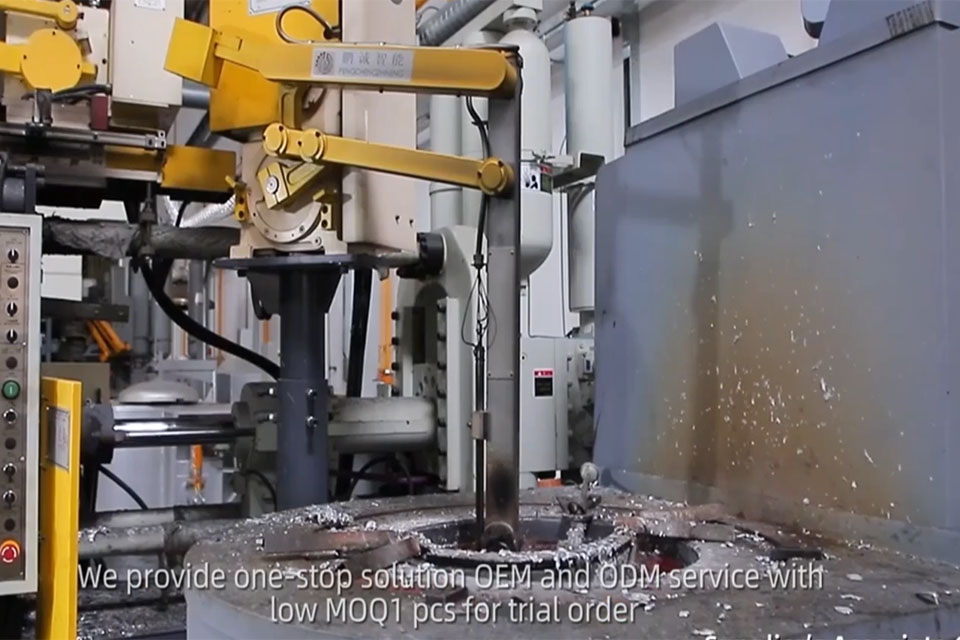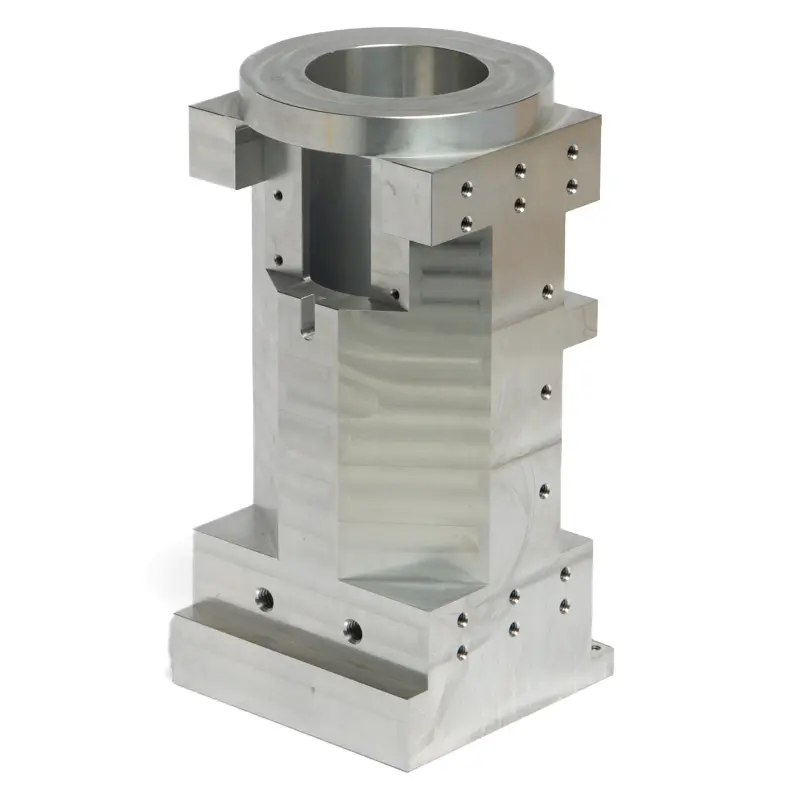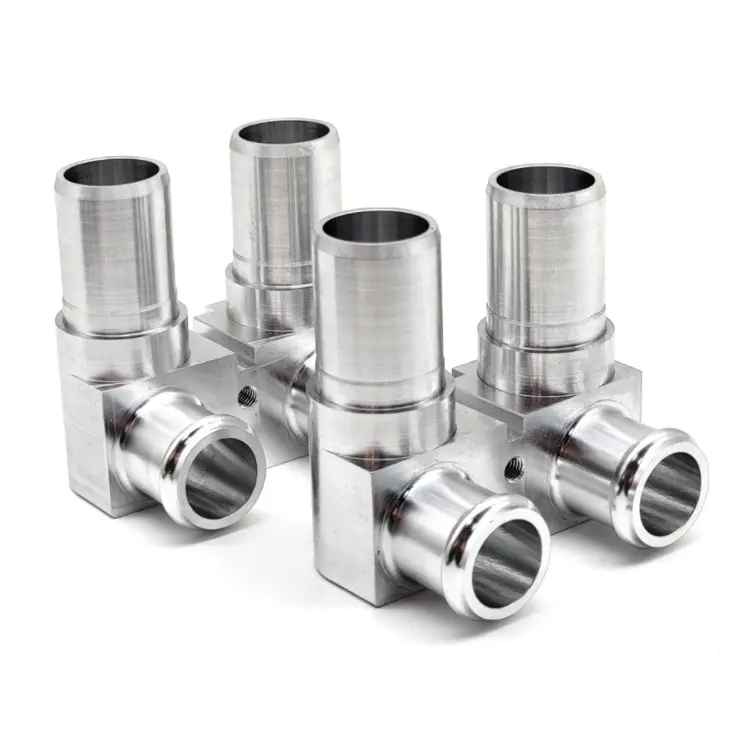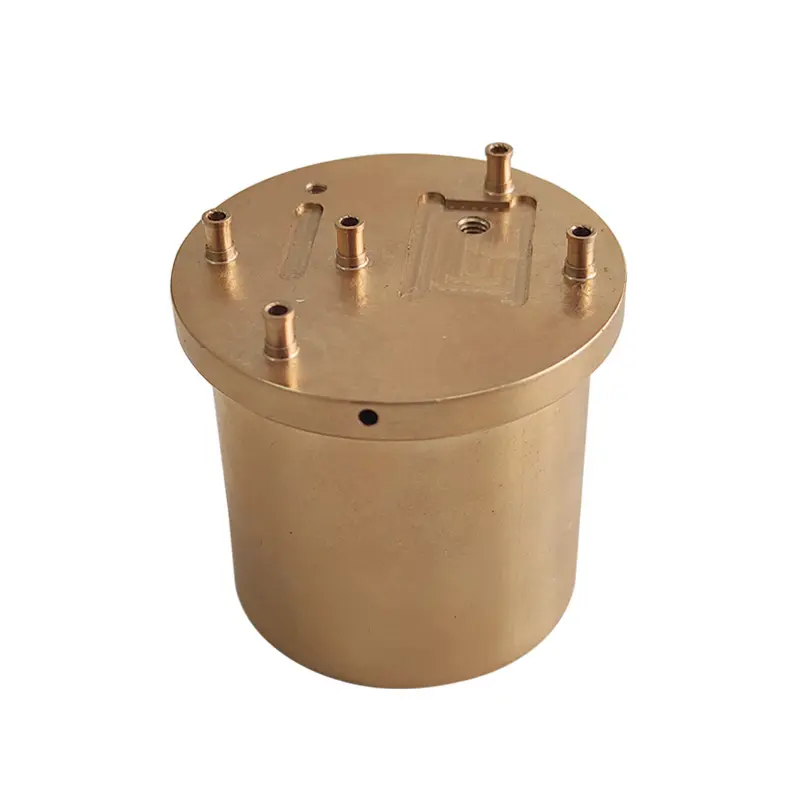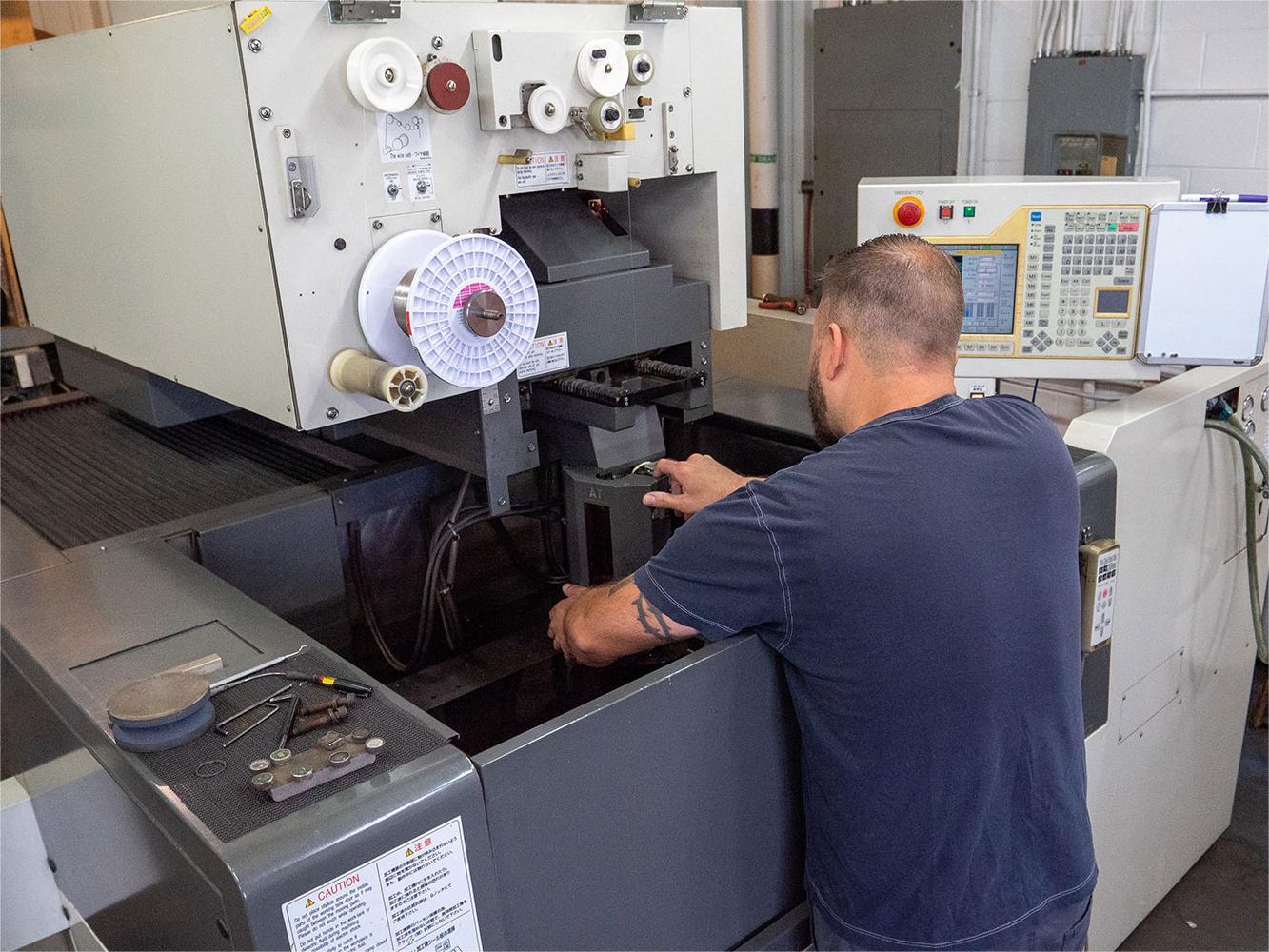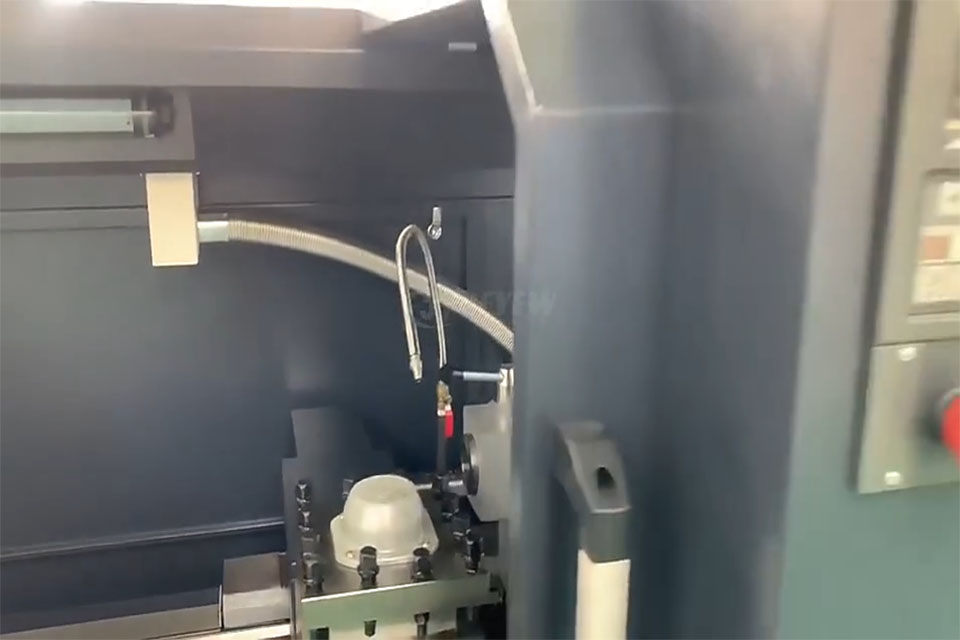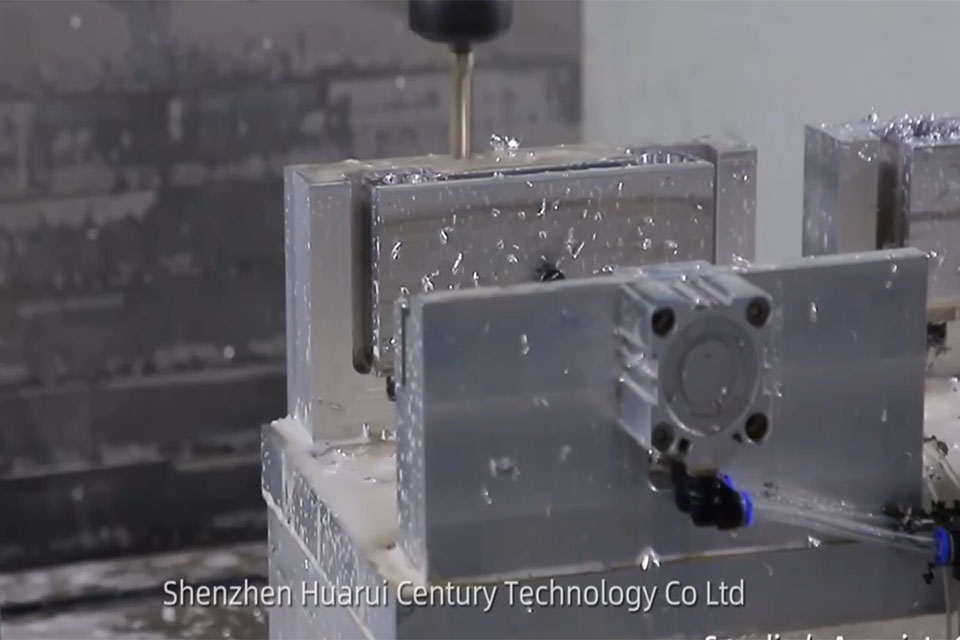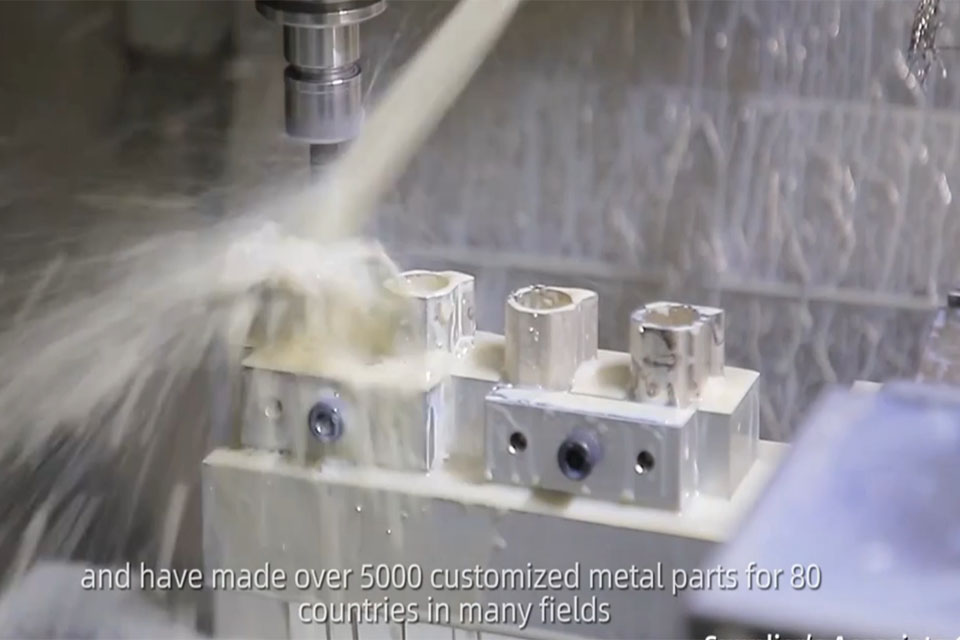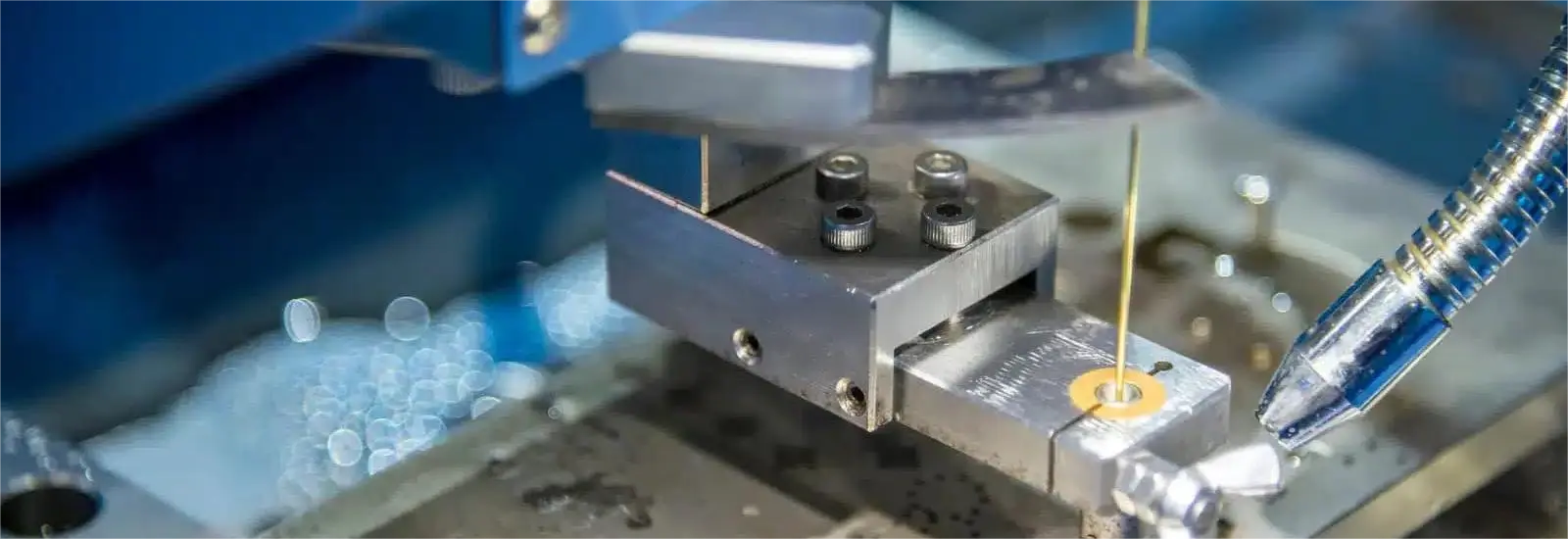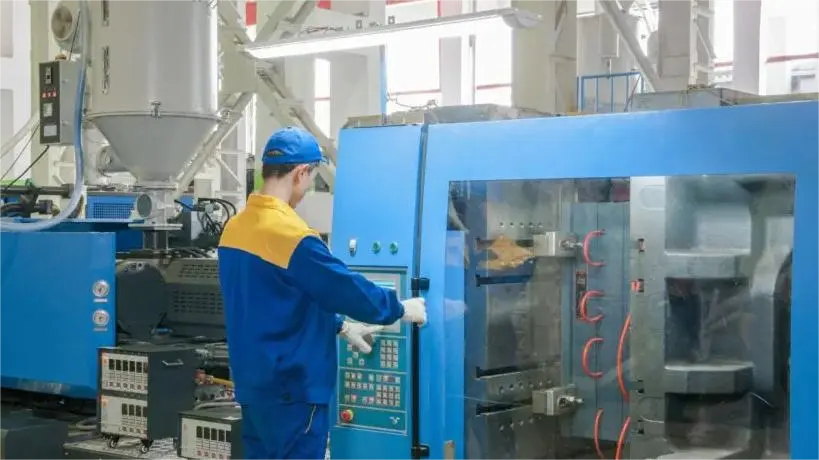
Laser Cutting: Precision, Versatility, and Cost Efficiency for Modern Manufacturing
목차
소개
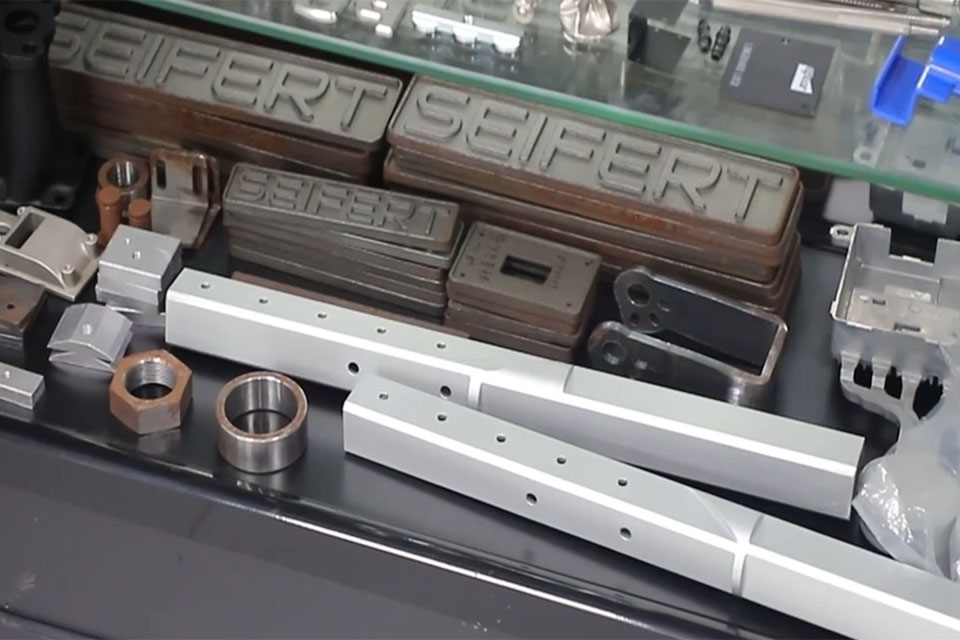
Why Laser Cutting Dominates Industrial Fabrication
Laser cutting has revolutionized manufacturing by delivering tight tolerances (±0.1mm), rapid turnaround, and compatibility with metals, plastics, and composites. Industries like 항공우주 및 의료 기기 rely on it for critical components.
주요 혜택:
- 95% Material Efficiency (vs. 70% for traditional methods)
- 3x Faster production cycles for complex designs
- Zero tooling costs for prototypes
How Laser Cutting Works: A Step-by-Step Breakdown
The Mechanics Behind Laser Cutting Technology
- Design Input: CAD software generates G-code for the CNC system.
- Beam Generation: CO2 or fiber lasers produce a high-power beam.
- Material Interaction: The beam melts, vaporizes, or blows away material.
- Motion Control: Precision guides cut paths via CNC 솔루션.
 Example: Fiber lasers cut stainless steel at 20m/min.
Example: Fiber lasers cut stainless steel at 20m/min.
Materials Perfect for Laser Cutting
| 재료 | 애플리케이션 | 두께 범위 |
|---|---|---|
| 스테인리스 스틸 | Medical tools, automotive parts | 0.5–25 mm |
| 아크릴 | Signage, displays | 1–15 mm |
| 알루미늄 | Aerospace frames, 로봇 공학 | 0.5–12 mm |
Avoid These Materials:
- PVC (toxic fumes)
- Reflective metals (damage optics)
- HDPE (poor cut quality)

Laser Cutting vs. Alternatives: Which Wins?
Comparative Analysis
| 방법 | 정밀도 | 속도 | 재료 범위 | 비용 |
|---|---|---|---|---|
| 레이저 커팅 | ±0.1mm | 높음 | 금속, 플라스틱, 목재 | $$$ |
| 워터젯 | ±0.2mm | Medium | Stone, thick metals | $$$$ |
| 플라즈마 | ±0.5mm | 높음 | Thick metals only | $$ |
사례 연구: A leading 자동차 manufacturer reduced chassis production time by 40% using fiber lasers.
Cost Factors: Budgeting for Laser Cutting
- 머신 유형: Fiber lasers ($150K–$1M) vs. CO2 ($10K–$200K)
- Material Costs: Stainless steel ($3/kg) vs. titanium ($25/kg)
- 노동: Skilled operators ($30–$50/hour)
- 에너지: 10–50 kW/hour consumption
전문가 팁: 사용 온디맨드 제조 for low-volume batches to minimize upfront costs.
Design Optimization Tips for Flawless Cuts
- Adjust for Kerf: Add 0.2mm offsets to account for beam width.
- Nesting Software: Maximize material use with auto-arrangement tools.
- 날카로운 모서리 피하기: Use radii >1mm to prevent burning.
- Test Prototypes: Validate designs with 신속한 프로토타이핑.
Industry Applications: Where Laser Cutting Excels
- 항공우주: Turbine blades, lightweight alloys
- 의료: Surgical instruments, biocompatible implants
- 전자 제품: Circuit boards, microcomponents
- Art & Design: Intricate metal sculptures
 Laser-cut titanium aircraft bracket.
Laser-cut titanium aircraft bracket.
안전 및 환경 고려 사항
Risks:
- Eye Injury: Always wear IR-protective goggles.
- Fumes: Use HVAC systems for plastics.
지속 가능성:
- Recycle 85% of metal scraps.
- Energy-efficient fiber lasers cut CO2 emissions by 30%.

FAQs: Your Laser Cutting Questions Answered
What materials can’t be laser cut?
PVC, ABS, and reflective metals like copper are unsuitable due to toxicity or beam reflection.
How does laser cutting compare to CNC machining?
Laser cutting is faster for flat parts, while CNC 가공 handles 3D geometries better.
What’s the minimum order quantity?
Many providers, like us, offer on-demand services for single prototypes.
Can lasers cut curved surfaces?
Yes! 5축 기계 handle complex contours.
주요 내용
- Laser cutting delivers ±0.1mm precision for metals, plastics, and composites.
- 파이버 레이저 outperform CO2 in speed and energy efficiency.
- Design for kerf and use nesting software to reduce waste.
- 전문가와의 파트너십 사용자 지정 프로젝트 and scalable solutions.
Ready to Transform Your Production Line? 문의하기 for a free consultation and quote today!
댓글
우수 제품 사례
태그
관련 블로그
블로그에서 CNC 제작에 대한 최신 트렌드와 사실을 확인하세요.


